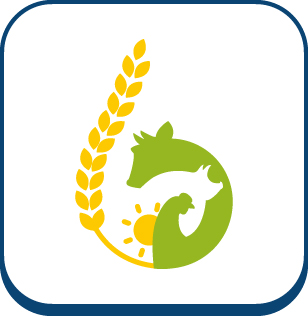Destructured meat: the situation in five slaughterhouses in western France ; risk factors and a proposed prediction model ; colorimetric, biochemical and histological characterisation
Ajouter à ma liste
Auteurs :
Minvielle B, Le Strat P, Lebret B, Houix Y, Boulard J, Clochefert N
In order to assess the frequency of destructured meat, data from 3740 hams produced after 44 slaughter runs were collected in 5 slaughterhouses located in western France. A total of 17% of hams were severely or totally destructured, in addition 83% of the destructured hams had an ultimate pH lower than 5.60. Risk factors associated with the appearance of this defect were : ham ultimate pH, muscle and subcutaneous fat depth over the 3-4th rib and carcass weight (decreasing order of importance). A regression model including these factors was calculated. There was 78% agreement between the prediction estimated by the model and visual appreciation. This confirmed the importance of the factors identified as being important in the appearance of the defect.Additional colorimetric, biochemical and histological analyses were performed on 150 hams. At equivalent ultimate pH, the lightness (L*) and yellowness (b*) increased progressively with destructuration, and destructured muscles exhibited higher redness (a*) scores. Glycolytic potential was increased in destructured (+9%) compared to normal muscles.Histological observations indicated larger intermyofibrillar spaces and hypercontraction of muscle fibres in destructured muscles, confirming that this defect may be comparable to the PSE defect affecting internal ham muscles.In conclusion, risk factors that influence the appearance of destructuration have been identified in this study, however further work is needed to identify the origin of this defect.
Fiche technique
Titre :
Destructured meat: the situation in five slaughterhouses in western France ; risk factors and a proposed prediction model ; colorimetric, biochemical and histological characterisation
Date sortie / parution :
2001
Référence :
Journées de la Recherche Porcine (Fra), 2001, Vol. 33, p. 95-101







